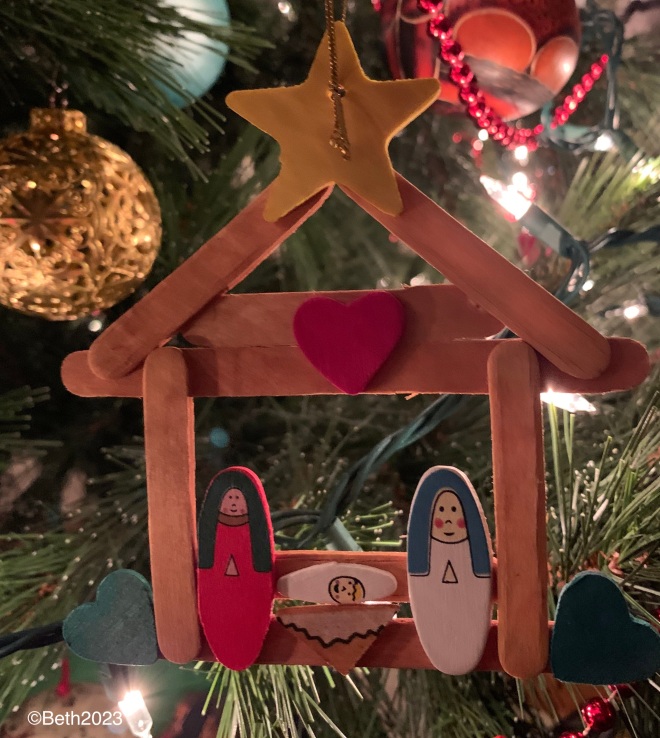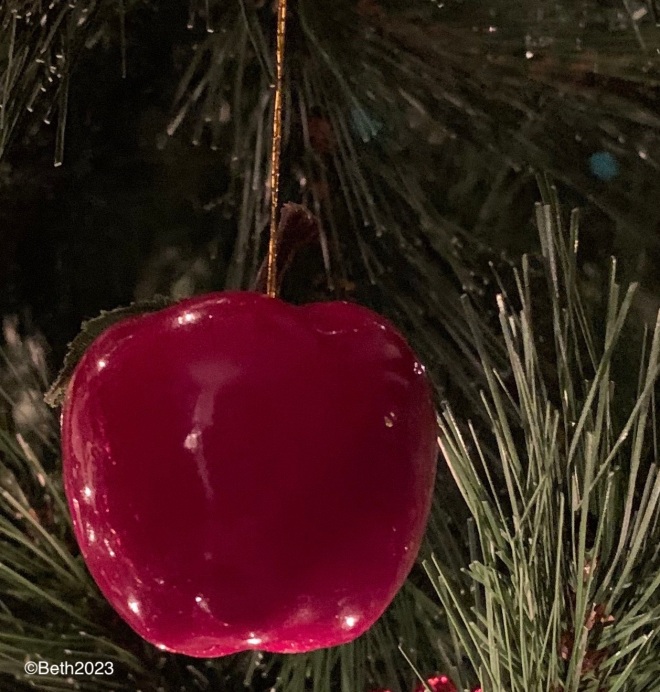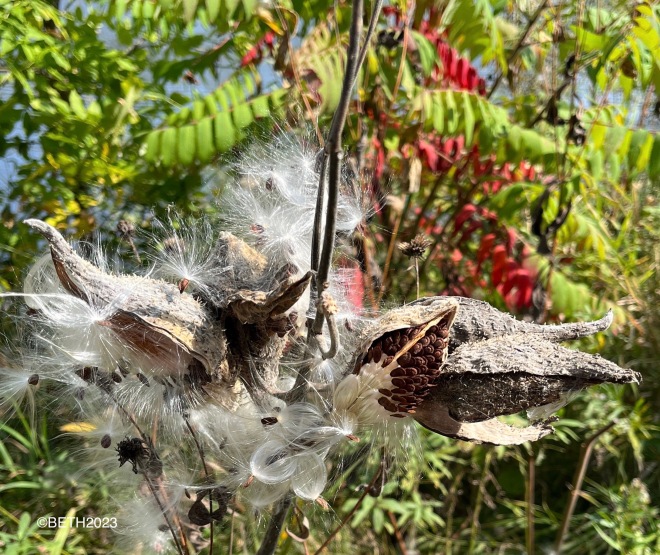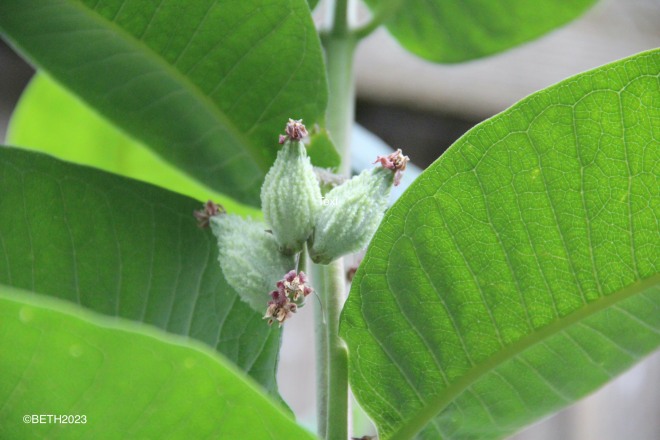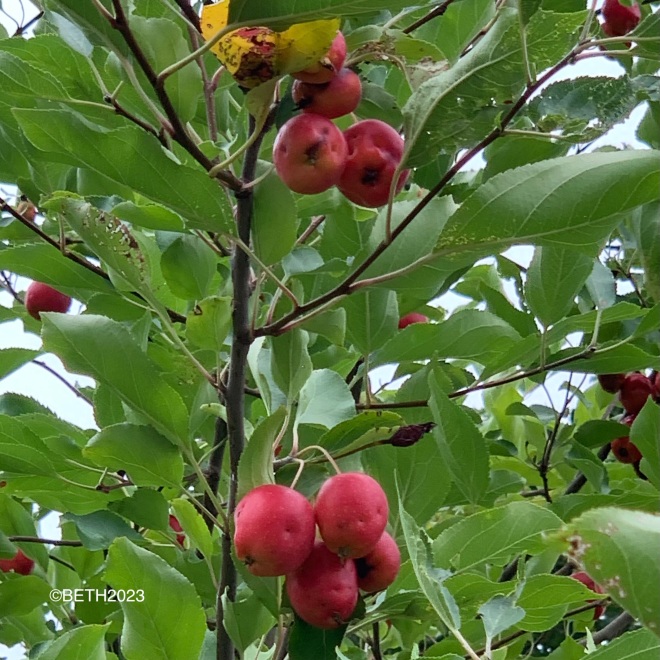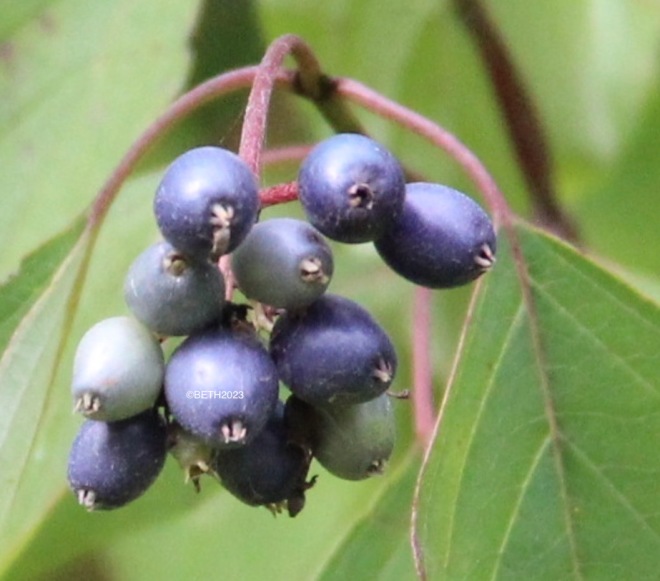
Great-spangled fritillaries sport a checkerboard pattern on their dorsal wings. A creamy yellow band separates silvery spots or “spangles” on the ventral surfaces.
In late summer, chances are good that you’ll notice lots of orange-and-black butterflies in gardens, meadows or roadside areas. But, not every one that you see is a monarch, or its look-alike, the viceroy. Fritillaries, another group of large orange-and-black butterflies, are on the wing into September in the Upper Midwest, favoring open sunny gardens, grasslands, and meadows.
Fritillary comes from the Latin word “fritillus,” which means checkerboard or dice — and most butterflies in this family sport a checkered design on their wings. Of Minnesota’s 12 fritillary species, the most widespread are the great-spangled, Aphrodite, Atlantic, silver-bordered, meadow and variegated.
I’ve spotted great-spangled fritillaries (Speyeria cybele) in our garden and along country roads where I’ve recently walked. The largest of Minnesota’s fritillaries, with a wingspan of 2.5-to-4.0 inches, great-spangled adults display an orange, brown and black pattern of stripes, dots and bars on their upper wings. The undersides of the hindwings shimmer with two rows of large silver spots (referred to as spangles) separated by a wide, creamy yellow band not seen in other fritillaries.

Faded colors and worn, jagged-edged wings indicate an elderly great-spangled fritillary nectaring on this thistle.
In June, great-spangled males appear first, followed by females about a month later. Females lay eggs in late summer and fall, placing them singly, on or near the base of common violet species (viola) — violets alone are the host plant for their larvae. The caterpillars hatch in the autumn, but stay hidden in leaf litter until the following spring when violets are freshly growing. Caterpillars are black with reddish-orange knobs that give rise to black spines. They are secretive and only feed at night.

Great-spangled fritillary caterpillars, and many other fritillary larvae, feed only on violet (viola) species.
Unlike their violet-dependent larvae, adult fritillaries nectar on many different flower species, including milkweed, clover, black-eyed Susan’s, vetches, thistles, Joe-Pye, monarda, members of the mint family, dogbane and many types of coneflowers. Fritillaries are preyed upon (especially the caterpillars) by dragonflies, paper wasps and other large insects, spiders and birds.
What can you do to help these beautiful pollinators? If you have violets in your garden, don’t weed them all out. Without violets, there would be no fritillaries! Leave a few in your garden or yard year-round for great-spangled and other types of fritillary caterpillars to eat.
Most common in eastern North America, great-spangled fritillaries range from British Columbia across southern Canada and the northern United States to the Atlantic, south to central California, northern New Mexico and northern Georgia.
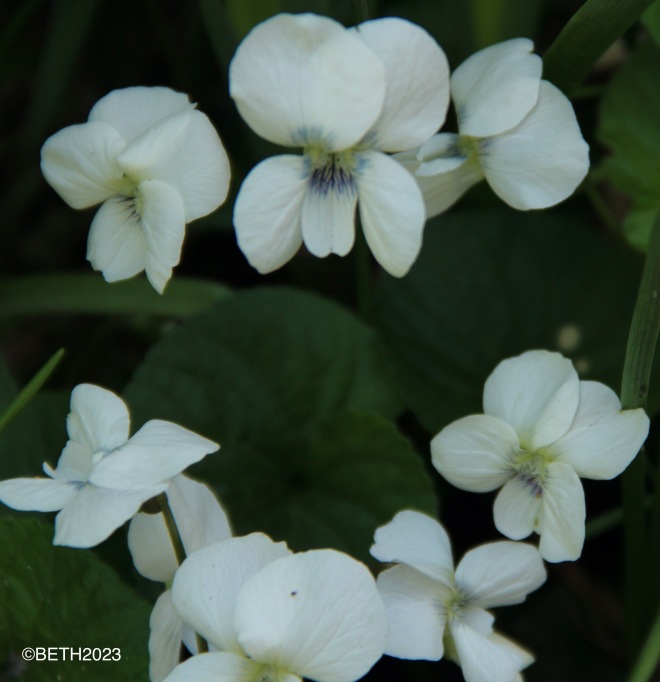
Leave a few violets tucked into your garden so that fritillaries can lay their eggs on them in the fall. Caterpillars will feed on them in the spring.
Sources and Further Reading
Butterflies and Moths of North America
North American Butterfly Association
University of Kentucky Entomology
Weber, Larry. (2006). Butterflies of the North Woods. Duluth, Minnesota: Kollath & Stensaas Publishing




